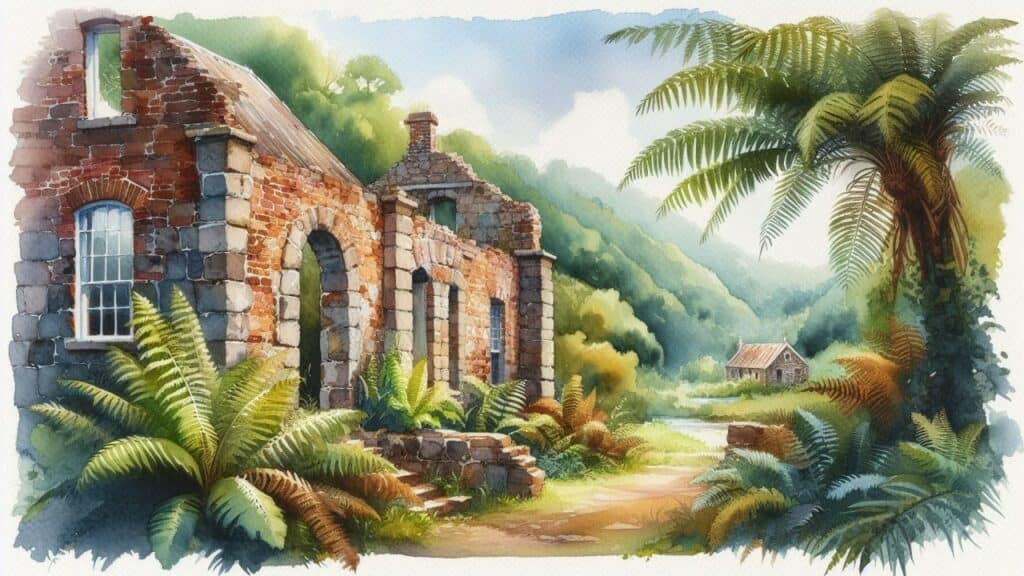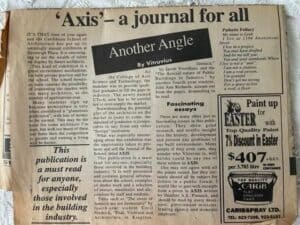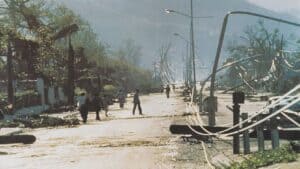
I am uncomfortable and I need to do something about it. I have had this discomfort for some time and on various levels. As an architecture student, I was torn between the attractive design of estate buildings and the records of horrific treatment of my ancestors on their grounds. As a Jamaican, I’m saddened by our Emancipation holiday being subsumed into other celebrations.
As a real estate professional, I appreciate the ideal locations and inherent value of these properties but as a descendant of the men and women enslaved there, I am deeply hurt by descriptions that say things like: “This Plantation House boasts an illustrious history that spans 3 centuries, showcasing a legacy of elegance & grandeur” and describe them as “distinguished 18th-century property, steeped in history”. (Quotes from actual 2025 listings)
As a sustainability champion, I am aware that the exploitation of slavery has caused long-lasting negative impacts on the environment, economies, and social structures, which hinders our efforts at sustainable development to this day.
So, as a place-maker and one who aims to shape the world with a focus on ‘genius loci‘ – the spirit of a place – I am compelled to figure out ways to address this discomfort, to support and drive change in the realm of the built environment and our experience of it. Here are my current musings on the way forward:
1. Naming The Place
Using accurate or preferred names is a simple way to foster inclusivity and promote a positive environment by recognizing and honoring identity. While there are, undoubtedly, great relics of architectural and engineering, the use of the word ‘great’ in reference to the houses that stand as stark reminders this human tragedy is decidedly not appropriate. It may take time and effort to find the balance between history, the present and our aspirations in the naming of places but it is an important foundation for everything else.
2. Marking The Place
Hundreds of thousands of my ancestors lived, worked, suffered, died and were laid in unmarked graves all around the island. We should not, we can not, go forward using these spaces without an acknowledgment of their blood and tears in the soil below our feet. My alma mater, UCL has done extensive work in documenting the insurance claims at abolition where my ancestors were counted and valued amongst the chattel. [The estates listed above had 273 and 220 enslaved people respectively] Armed with this data, I am working on a simple yet impactful marker for all the places where our fore parents lie. A few current private owners have already committed to honouring them with this memorial element as a start.
3. Using The Place
An important part of placemaking is the activity in the space that reminds us regularly of the spirit of the places we now occupy. This means a move beyond creating monuments to a on-going use and celebrations at these location. I aim to supplement the formality of official national events with smaller celebrations at the household and community level in the form of recurring, democratized, simple yet soul stirring activities that remember the past, celebrate the present and believe in the future. This includes everything from a daily nod to our ancestors at their markers to a full calendar of significant events such as Emancipation Day and Boxing Day that keep their, and our, spirits alive.
On this International Day of Remembrance of the Victims of Slavery and the Transatlantic Slave Trade, I am expressing my discomfort and starting to act. I sincerely hope you will join me. Acknowledge the past. Repair the present. Build a future of dignity and justice.
“I am the prayers of my ancestors answered.”
– Shakira Burton, Spoken Word Artist


